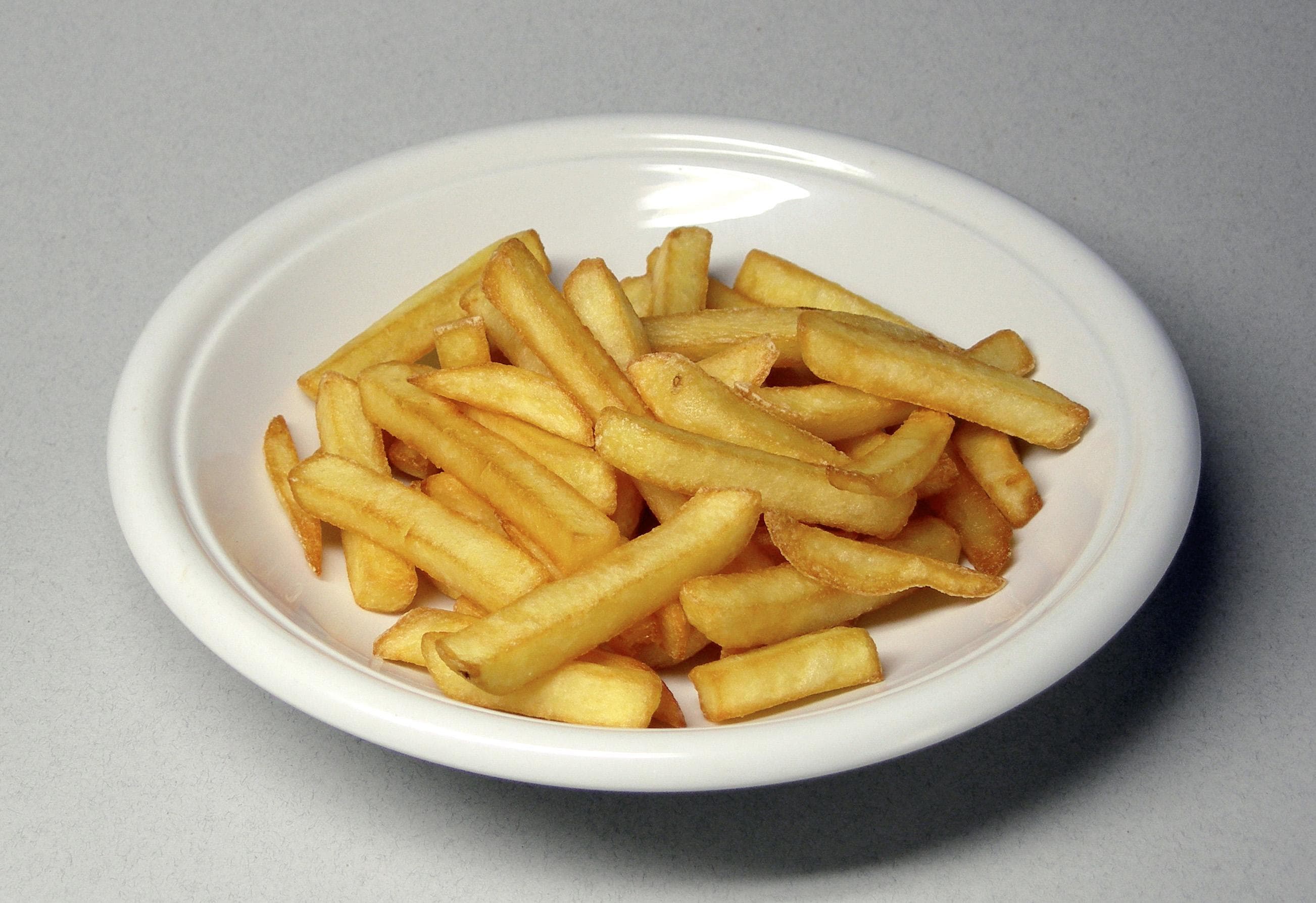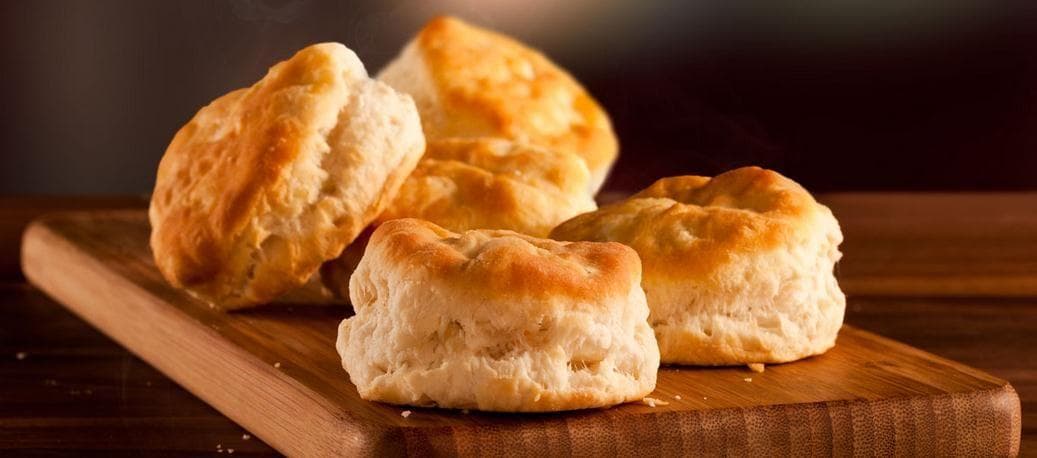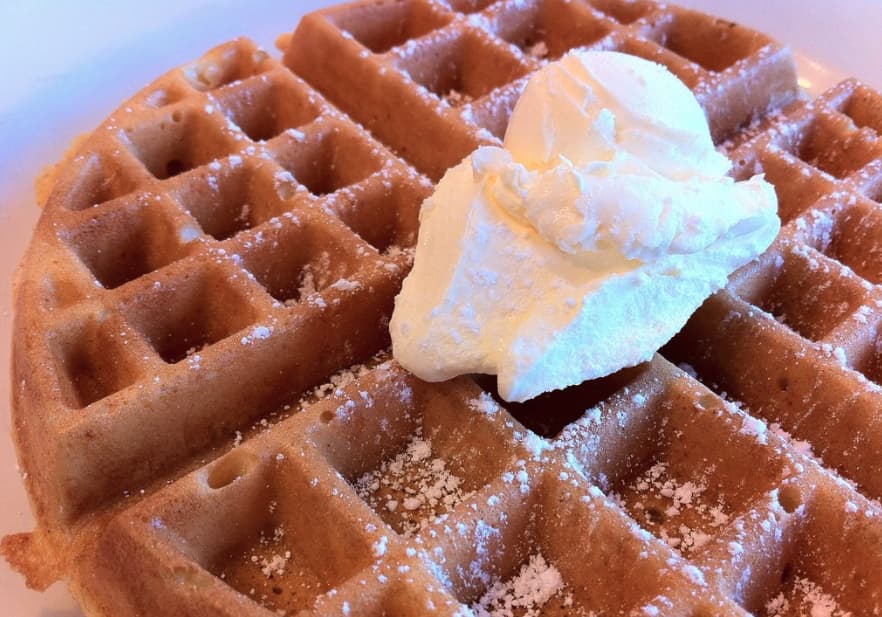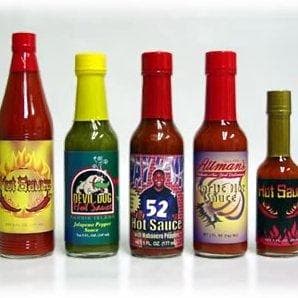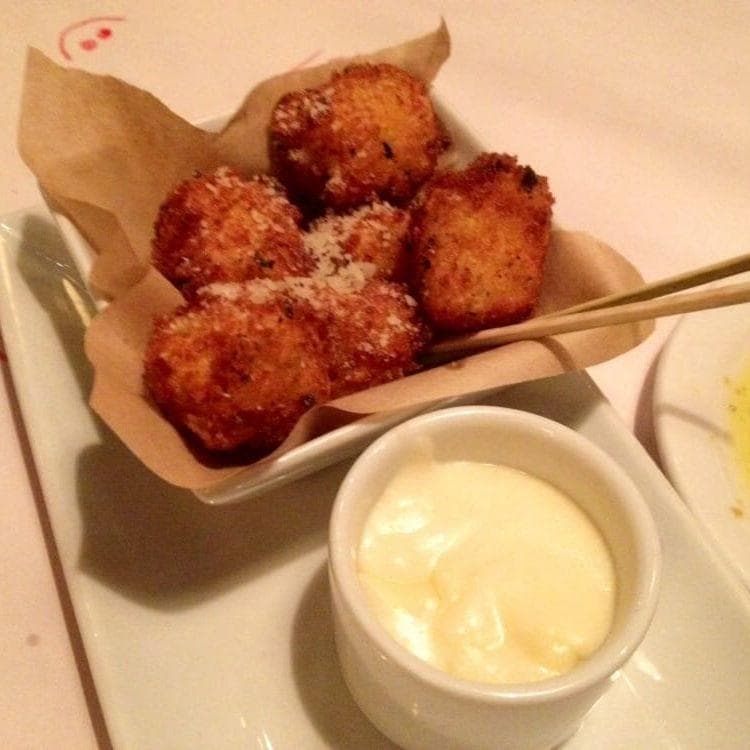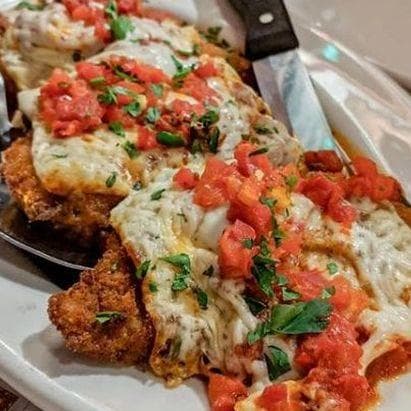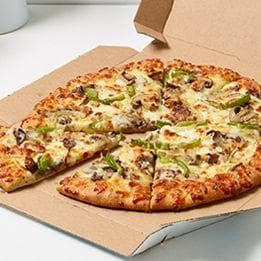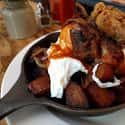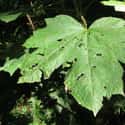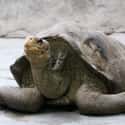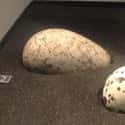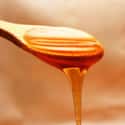(#5) Hangtown Fry
Hangtown, CA, got its name from a series of hangings that occurred there, but the name is now affiliated more with food than public executions.
As the story goes, a miner struck gold in Hangtown (now known as Placerville) at the height of the California Gold Rush. The first thing he did was run to the nearest saloon and request the most expensive meal they offered. What the cook prepared was a massive omelet with bacon and oysters, which satiated the miner so well that the dish spread and gained its own moniker: Hangtown fry.
Recipes and variations of Hangtown fry abound.
(#6) Devil's Club
Devil's club, a plant that also goes by the nickname "Alaskan ginseng," is a tough and thorny shrub that grows from the Yukon all the way to the California coast. It grows tall and dense and can be a pain to harvest.
During the Klondike Gold Rush, devil's club was used as a spice, but it only worked if the leaves were plucked when they were young and under 2 inches long. In Ann Chandonnet's Gold Rush Grub: From Turpentine Stew to Hoochinoo, flavor variations of the plant get a vivid description: "Nibbled raw, the buds taste like intensely herbal celery leaves. Cooked, they are reminiscent of the edible bases of artichoke leaves."
(#2) Galapagos Tortoise Liver
California's population boomed during its gold rush. Importers saw it as a chance to capitalize off an exotic trade item: intercontinental turtles. From sea turtles to Galapagos tortoises, the San Francisco markets went crazy for these reptiles. In 1849, at least 122 Galapagos tortoises were sent to the San Francisco Bay. The number was over 500 in 1855.
Butchering the mammoth tortoises was no easy task, but their parts were used in everything: pies, soups, and baked goods. Turtle steak was also a common dish, but many partakers believed the liver was the most delectable. As one captain wrote in his diary, turtle liver was "far superior to any kind of meat I ever ate."
Galapagos tortoise numbers declined dramatically as a result of their inclusion in Bay Area menus. As the California Gold Rush ended and San Francisco prepared itself for the burgeoning industrial era, interest in eating turtles declined, too.
(#10) Murre Eggs
Just off the coast of San Francisco, the Farallon Islands were home to large populations of seabirds during the California Gold Rush. As food supplies diminished due to the population boom, adventurous businessmen traveled to the Farallones in search of a profitable protein source: eggs.
Egg poaching became a dangerous, but trendy, endeavor. "There are really no shores where you can land a small boat except with great perils," said Mary Jane Schram of the Gulf of the Farallones National Marine Sanctuary. After a San Francisco pharmacist started boating out to the islands and selling murre eggs in the city, the "egg rush" officially began.
Eggs of the murre, a bird that resembles a penguin, were favored because they were twice the size of chicken eggs. In 1851, the Pacific Egg Co. was founded. It's estimated that half a million murre eggs were poached each year, which had catastrophic effects on the bird's population.
Once the proliferation of chicken farms was able to satisfy the egg craze, the Farallones were left alone. Today, murre rookeries are thriving.
(#1) Poppy Seed Potato Bread Made With A Sourdough Starter
The evolution of poppy seed potato bread is a tale that spans territories and generations. It started during the California Gold Rush, when miners developed an alternative to yeast that would allow them to make softer and fluffier breads: sourdough. According to writer Ed Wood, "A true sourdough is nothing more than flour and water with wild yeast to make it rise and special bacteria to provide the flavor." Adding sugar to flour and water also does the trick, and keeping the concoction warm allows it to ferment.
Breads made with this unique mixture - called a sourdough starter - became a San Francisco standard as folks flocked from the mountains into the city to spread news of their findings, including their new favorite foods. San Francisco developed its own sourdough breads noted for their tangier flavor profiles.
Miners in California developed sourdough starters because manufactured yeast was hard to come by, especially as people moved farther away from settlements. Prospectors during the Klondike Gold Rush also relied on sourdough starters to make bread. In both the nether regions of Alaska and California, miners kept their starters alive and heated by keeping them close to their bodies.
Potatoes came into the bread-making mix during the Klondike Gold Rush because the starchy vegetables were more plentiful than flour in the Yukon. Miners added poppy seeds for an extra crunch, and poppy seed potato bread was born.
(#3) 'Squaw' Honey
The more inventive miners were able to forage wildflowers and herbs in order to make syrups, soups, mashes, and spices, adding a punch of flavor to the bland ingredients they had room for on their journeys.
An example of such a mixture made by Klondike explorers is "squaw" honey. Since there were no bees in Alaska, there was no way to harvest honey. Instead, miners boiled clover and other flowers into a syrup. The sweet nectar inside the flowers gives the syrup a honey-like flavor.
Sweet clover is actually a weed common in woodlands. These sweet-smelling annuals can grow as high as 6 feet, making them easy for miners to spot in warmer months.
New Random Displays Display All By Ranking
About This Tool
After the gold mine was discovered, the Americans were exciting and the world shocked. The gold rush is of great significance to the economic development, agricultural expansion, and the transportation revolution of the United States in the 18th and 19th centuries. But whether it was the gold rush in California or Australia and New Zealand, there were not enough foods for the immigrants.
Opportunities and challenges always coexist. Many gold prospectors brought their own special food together during the gold rush. People can clear know the influences of the gold rush from these foods today, you could find random 15 surprising foods that prospectors ate.
Our data comes from Ranker, If you want to participate in the ranking of items displayed on this page, please click here.



